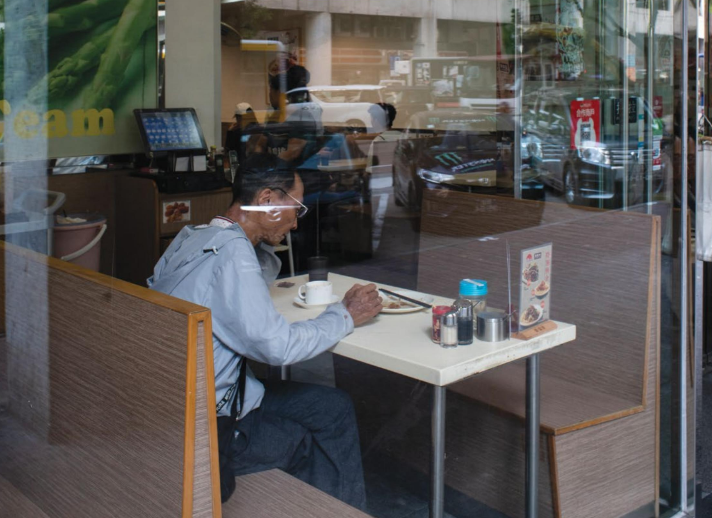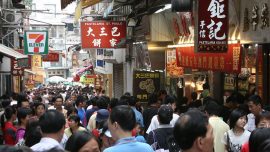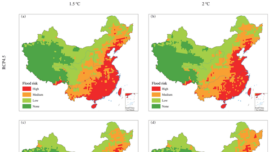
Macau Business | April 2023
By José I. Duarte | Economist, Macau Business Senior Analyst
National accounting figures for 2022 have recently been released, providing a complete set of data for the three Covid years. As is well known and documented, in February 2020, the economy crashed. GDP fell to values below half of what they were before, and the economy came to a virtual standstill by the middle of that year.
A slow recovery started in the second half of 2020 but failed to gain significant momentum. Nevertheless, the trend extended into 2021, which ended on a more positive note. However, that promise was not kept, and a disappointment was in store for all those expecting rebounds. When many thought things could not get worse, reality proved them wrong.
Frame 1
Before the crash, Macau’s Gross Domestic Product (GDP) stood slightly above 445 billion patacas. Its value peaked in 2018 and was virtually unchanged in 2019. That figure implied an extraordinary average per capita income exceeding fifty thousand patacas monthly. The total population was shy of 680,000, and non-resident workers were approaching the 200,000 level. Expenditure of visitors represented about three-quarters of GDP.
Frame 2
In 2022, GDP was the weakest in the last three years. Contrary to widely held expectations, 2022 was worse than 2020. For the first time since 2010, its total value (current prices) was below the 200 billion mark. In real terms, according to the data just published, the economy size shrank to a level only comparable with 2004. As if the gains of the last 18 years were undone, bringing us back to the very early stages of the “golden years.” As a result, GDP per capita fell to almost one-third of its peak value in 2014.

Frame 3
Private domestic consumption has suffered less. Rough, back-of-envelope calculations suggest that per capita consumption was just 10 percent below its highest level, observed in 2019. This figure, possibly the most encouraging in the overall economic context, still reverses figures seen one decade ago – and completely cancels the sharp rebound recorded in 2021. Families perhaps resisted better due to a combination of factors, likely including but not limited to, the following elements: families drawing on earlier savings, less travel, and redirection of corresponding expenditures to the local market; government subsidies. However, there is no (very desirable) analysis on the sustainability of this relatively bright spot, and the reopening of the economy may be detrimental.
Frame 4
The labor force is contracting. A sustained economic recovery is likely to require new inflows of workers. Anecdotal evidence exists that services in many tourism-related activities have declined in quality, as the compound effects of cessation or extended stoppages of activity, staff losses, and break of routines and supply services have taken their toll. Figures indicate that the total number of employed in the economy dropped by 6 percent, which may be underestimated. The number of non-resident workers alone dropped by more than forty thousand people, and the employment numbers for locals also declined. The full impact of the crisis on employment – in quantity and skills – has yet to be thoroughly assessed, as well as the drag it may impose on any recovery impulse.
Frame 5
The share of visitors’ expenditure in GDP has declined noticeably. The average in the last three years was less than 60 percent of what it was in the three years before the crash. That is a diversification of sorts. However, this change may be predicated on impoverishment resulting from losses at the primary source of economic growth and not so much on the dynamics of new, emerging sectors.
























